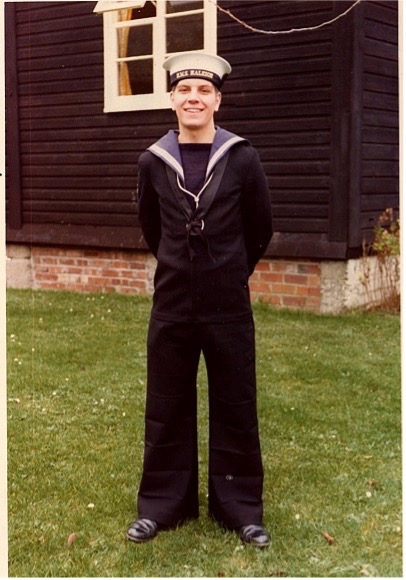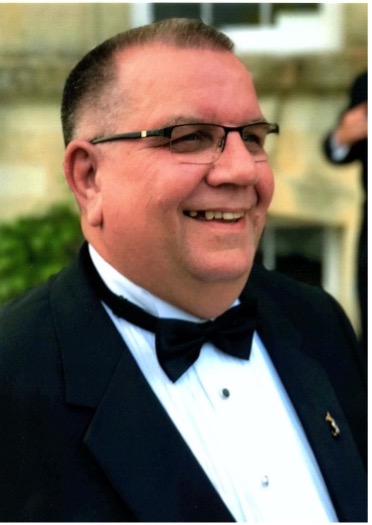
Under the unforgiving August sun of 1981, after the rowdy cheers of a gruelling football match had faded, a disparate group of us military lads huddled in a dimly lit hut.
Our plan? To sit through a documentary on sexually transmitted diseases. But just as I was about to step inside, a stern RAF sergeant pulled me aside with a chilling whisper: “People like you don’t belong here.”
Inside that musty Nissen hut, with its glossy tiled floors and rusted bars on every window, we were twelve souls carrying our burdens, from AWOL charges to darker deeds. It wasn’t just a barracks; it felt like a prison, especially with the constant surveillance from those gravel-ground patrolling officers.
The Glasshouse, as we called it, wasn’t just infamous; it was a breeding ground for brutality. Threats lurked in every corner, and tormentors prowled freely. I’ll never forget the towering Scottish lad who made it his mission to make my days a living hell or the chilling words of an Irish Army officer who saw me as nothing but a “disease” to be cut out.

But on that fateful September 12th, 1981, I saw my chance at freedom, leaping from a speeding train as it passed through an abandoned station.
As the angry shouts of my oppressors faded into the distance, tears of relief and defiance mingled on my cheeks.
Alone on that deserted platform, I found strength in knowing that the human spirit could endure even the darkest nights. Those eight words from the RAF sergeant, “You don’t belong here,” echoed in my mind, fueling my resolve to build a future where love conquers hate and prejudice is a distant memory.
Though the Navy may have turned its back on me in 1981, I proudly wear the badge of service. In sharing my story, I hope to inspire others to believe in a world where acceptance reigns supreme, and the bonds of humanity are unbreakable.